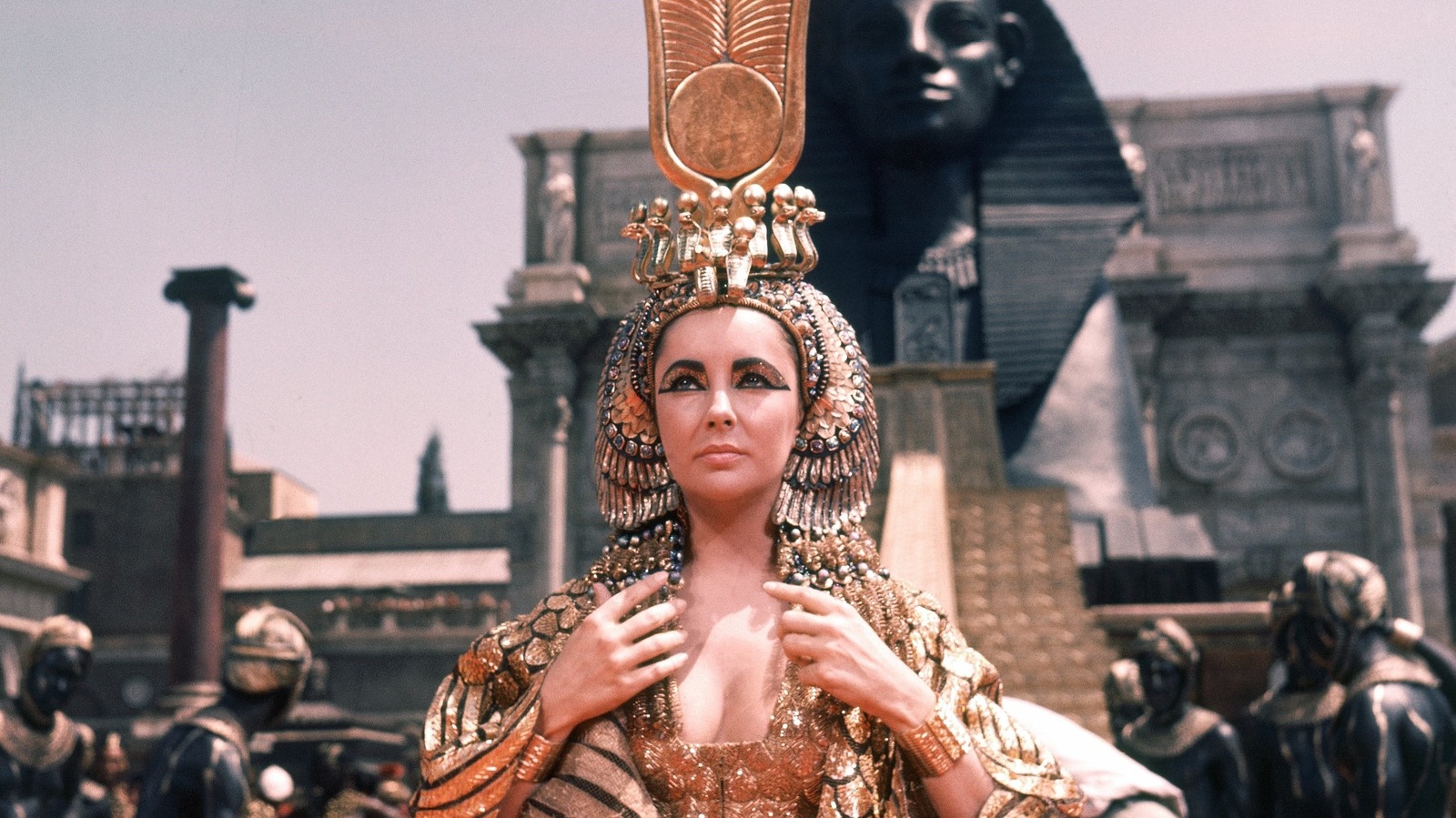Wanger initially approached Alfred Hitchcock to direct “Cleopatra,” but settled on Rouben Mamoulian when the Master of Suspense wisely declined. Mamoulian was a stylist capable of working on a large scale, but he’d twice been fired from high-profile productions (“Laura” and “Porgy and Bess”) for clashing with producers.
Mamoulian’s difficulties during his tenure on “Cleopatra” were not entirely his fault. Taylor was knocked out for several weeks due to meningitis, which forced the director to shoot around her. Ultimately, Taylor’s recuperation led Fox to pause the production, at which point Nunnally Johnson was brought in to write a new script. Both Mamoulian and Taylor were displeased with Johnson’s work, but the delays had caused budget overruns and, after 16 weeks, left Fox with a mere 10 minutes of usable footage. Fox president Spyros Skouras (who was now fully in charge of the project after Adler succumbed to lung cancer in 1960) had to blame someone, and he chose Mamoulian.
Mamoulian resigned from “Cleopatra” on January 18, 1961, and was replaced by Joseph L. Mankiewicz, a four-time Oscar winner with the dual upside of being a terrific screenwriter and having directed Taylor to a Best Actress nomination in 1959’s “Suddenly, Last Summer.”
“Cleopatra” finally resumed production on September 25, 1961, with a couple of casting changes, the most notable being Richard Burton taking over the role of Mark Antony from Stephen Boyd. Thus began one of the most tempestuous love affairs in Hollywood history, one that threatened to overwhelm the seriously over-budget film.
